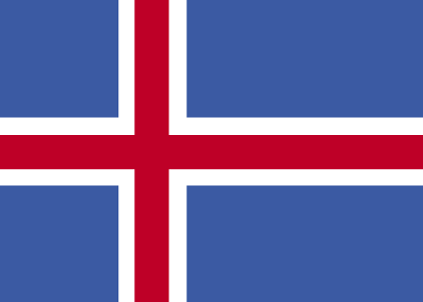United States Nigeria South Africa United Kingdom Ghana Singapore Kenya Netherlands Canada Germany India China Norway Cameroon Zambia Liberia Zimbabwe Philippines Italy Australia Jamaica Ireland Hong Kong Uganda France Malawi Russia Trinidad and Tobago Tanzania Sierra Leone Belgium Malaysia Brazil Namibia Switzerland New Zealand Botswana United Arab Emirates Austria Spain Saint Vincent and the Grenadines Cote D'Ivoire Armenia Bahamas Benin Ecuador Eswatini Iceland Mexico Sweden Denmark Israel Barbados Guyana Japan Gambia Indonesia Turkey Qatar Togo Senegal Ethiopia Saudi Arabia Lesotho Poland U.S. Virgin Islands Romania Thailand Greece Antigua and Barbuda Saint Lucia Guinea Kazakhstan Angola Egypt South Sudan Mozambique Kuwait Oman Mauritius Belarus Papua New Guinea Sint Maarten Nepal Sri Lanka Democratic Republic of the Congo Rwanda Pakistan Cyprus Taiwan British Virgin Islands Martinique Suriname Fiji Seychelles Serbia Saint Kitts and Nevis Ukraine Cayman Islands Dominica Morocco Croatia Finland Bahrain Myanmar Gabon South Korea Slovakia Belize Bangladesh Georgia Puerto Rico Vanuatu Algeria Portugal Jordan Czech Republic Burundi Bermuda Iraq Colombia Argentina Cambodia Lithuania Curacao Solomon Islands Estonia Monaco Hungary Aruba Brunei Darussalam Peru Vietnam Republic of the Congo Malta Guam Somalia Haiti Latvia Reunion Uruguay Eritrea Iran Palau Lebanon Guatemala Grenada Slovenia North Macedonia Turks and Caicos Islands Burkina Faso Tunisia Costa Rica Equatorial Guinea Iceland Flag Meaning & Details 21 VISITORS FROM HERE! Iceland Flag Flag Information blue with a red cross outlined in white extending to the edges of the flag the vertical part of the cross is shifted to the hoist side in the style of the Dannebrog (Danish flag) the colors represent three of the elements that make up the island: red is for the island's volcanic fires, white recalls the snow and ice fields of the island, and blue is for the surrounding ocean
Learn more about Iceland » CIA - The World Factbook
 Previous Country | Next Country
Previous Country | Next Country  » Back to Flag Counter Overview
» Back to Flag Counter Overview
 Previous Country | Next Country
Previous Country | Next Country  » Back to Flag Counter Overview
» Back to Flag Counter Overview